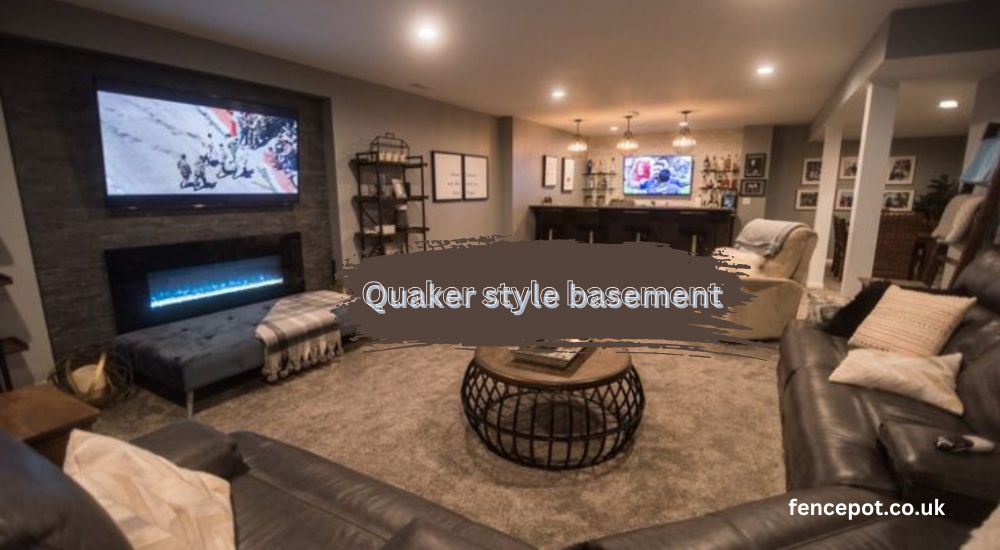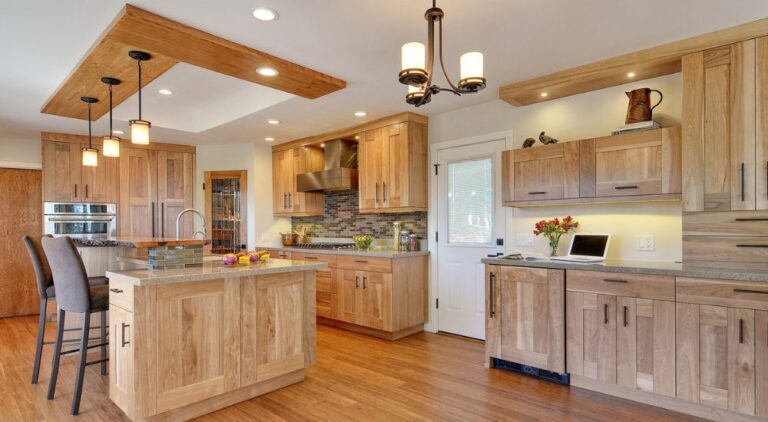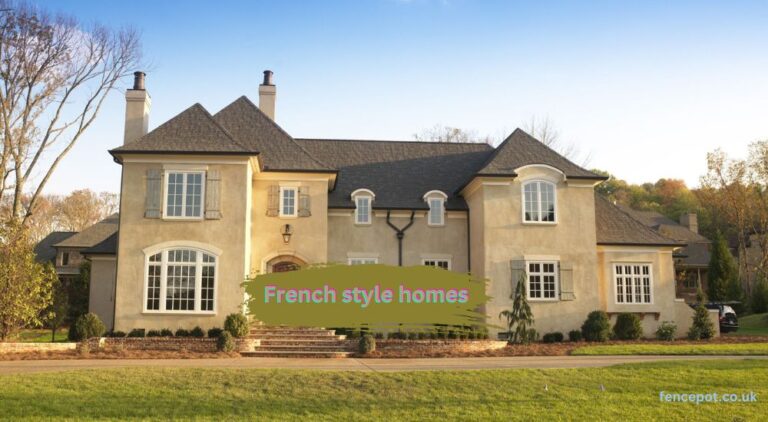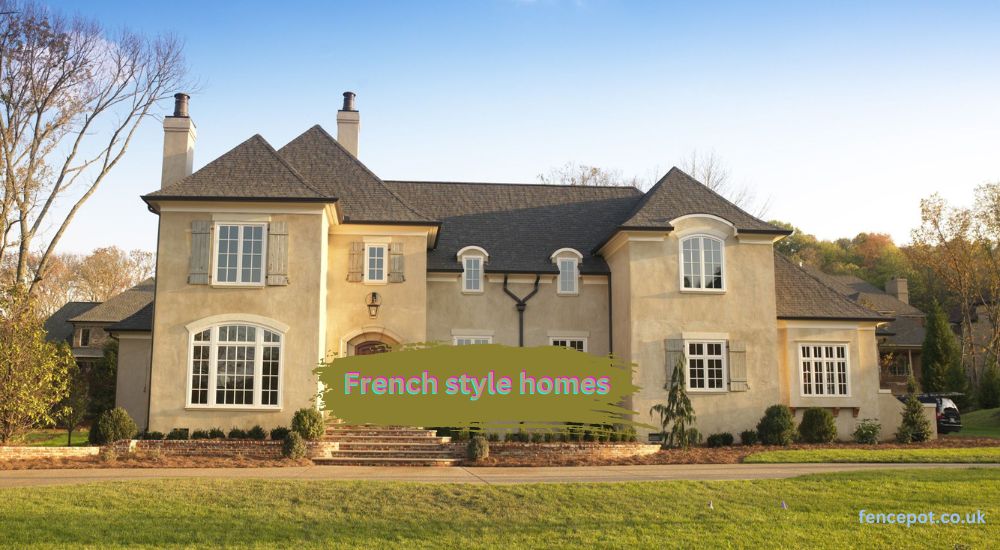When it comes to designing a basement with timeless appeal and practical functionality, the Quaker style basement stands out. Rooted in simplicity and durability, this style embodies the principles of the Quakers, emphasizing practicality and minimalism. But what exactly is a Quaker grace basement, and why should you consider it for your home?
Origins and Evolution
The Quaker style basement traces its origins back to the 17th century, a period when the Quakers, or the Religious Society of Friends, began to establish their communities. Known for their simple living and self-sufficiency, Quakers built their homes and basements to reflect their values of modesty and functionality. Over time, this practical approach evolved, blending with other architectural influences while maintaining its core principles.
Cultural and Architectural Influence
Quaker architecture is characterized by its straightforward design and use of local materials. The influence of Quaker principles on architecture extends beyond basements, seen in the overall simplicity and clean lines of Quaker-style homes. This style has left a lasting impression on American architecture, promoting a design philosophy that values substance over style.
Characteristics of Quaker Style Basements
At its heart, a Quaker style basement is all about simplicity. These basements are designed to be practical, with a focus on functionality rather than ornate decoration. This approach results in spaces that are not only easy to maintain but also versatile, serving multiple purposes such as storage, workshops, or living areas. Typical design elements of Quaker grace basements include low ceilings, exposed beams, and plain finishes. The use of wood is prevalent, often left in its natural state or lightly treated to highlight its beauty. Stone and brick are also common, providing both structural integrity and a rustic charm. Quaker grace basements make use of readily available, durable materials. Wood, stone, and brick are staples, chosen for their longevity and ease of maintenance. These materials also contribute to the basement’s overall aesthetic, giving it a warm and inviting feel.
Benefits of Quaker Style Basements
Durability: One of the primary benefits of a Quaker style basement is its durability. The use of robust materials ensures that these basements can withstand the test of time, requiring minimal repairs and upkeep.
Energy Efficiency: Quaker style basements are also known for their energy efficiency. The thick walls and proper insulation help maintain a consistent temperature, reducing the need for excessive heating or cooling. This not only makes the space comfortable year-round but also helps lower energy bills.
Aesthetic Appeal: The understated beauty of a Quaker style basement is undeniable. The natural materials and simple design create a cozy and inviting atmosphere, making it a perfect retreat within your home.
Designing a Quaker Style Basement

Designing a Quaker style basement starts with careful planning. Consider the intended use of the space and plan the layout accordingly. Whether you need extra storage, a workshop, or an additional living area, a well-thought-out plan will ensure that the basement meets your needs. Selecting the right materials is crucial for achieving the Quaker style. Opt for natural, durable materials like wood, stone, and brick. These not only contribute to the basement’s longevity but also enhance its aesthetic appeal. While staying true to the traditional design, you can incorporate modern elements to improve functionality. For example, modern insulation techniques and energy-efficient windows can enhance the basement’s comfort and sustainability without compromising its style.
Quaker Style Basement Features
One of the challenges of basements is the lack of natural light. Quaker style basement address this by incorporating window wells and light shafts, allowing more daylight to penetrate the space. This not only brightens the basement but also creates a more inviting environment. Proper ventilation is essential for maintaining a healthy basement environment. Quaker grace basement often feature simple yet effective ventilation solutions, such as air vents and exhaust fans, to ensure good air circulation and reduce moisture build-up. Storage is a key consideration in any basement design. Quaker grace basements often include built-in shelves and storage units that maximize space while maintaining the clean and uncluttered look characteristic of this style.
Renovating Existing Basements into Quaker Style
Before starting a renovation, assess the current state of your basement. Look for structural issues, moisture problems, and potential layout changes needed to accommodate the Quaker style. Renovating an existing basement into a Quaker style basement may require several modifications. This could include adding or removing walls, improving insulation, and upgrading ventilation systems. Renovation costs can vary widely depending on the scope of the project. It’s important to budget for materials, labor, and unexpected expenses that may arise during the renovation process.
Decorating Your Quaker grace basement
When it comes to decorating a Quaker grace basement, neutral color schemes work best. Shades of white, beige, and gray complement the natural materials and enhance the basement’s warm and cozy atmosphere. Choose furniture and decor that reflect the simplicity and functionality of the Quaker style. Opt for wooden furniture with clean lines and minimal embellishments. Handmade items and vintage pieces can add a personal touch and enhance the basement’s charm. Incorporate personal touches to make the space truly your own. This could include family photos, handmade crafts, or heirlooms that add sentimental value and a sense of history to the basement.
Maintenance Tips for Quaker Style Basements
Regular Inspections
Regular inspections are crucial for maintaining a Quaker style basement. Check for signs of moisture, structural issues, and pest infestations. Early detection and intervention can prevent minor problems from becoming major repairs.
Cleaning and Upkeep
Keep your basement clean and well-maintained to preserve its beauty and functionality. Regular dusting, sweeping, and occasional deep cleaning will ensure that the space remains inviting and comfortable.
Addressing Common Issues
Common issues in basements include moisture problems and pests. Address these promptly by sealing cracks, improving ventilation, and using dehumidifiers.
Real-Life Examples
Looking at real-life examples of Quaker style basements can provide inspiration and practical insights. These case studies highlight successful designs and renovations, offering valuable lessons for your own project.
Lessons Learned
From these examples, you can learn about common challenges and how to overcome them. Whether it’s dealing with moisture issues or maximizing space, these lessons can guide your own basement project.
Inspirational Ideas
Use these case studies to gather ideas for your own Quaker style basement. From unique storage solutions to creative design elements, there’s plenty of inspiration to be found.
Common Misconceptions about Quaker Style Basements
There are several misconceptions about Quaker style basements, such as them being outdated or too simple. Address these myths by highlighting the style’s timeless appeal and practical benefits. Clarify any misunderstandings by providing accurate information about the design, functionality, and advantages of Quaker grace basements. This can help potential renovators make informed decisions.
DIY Quaker Style Basement Projects
There are several DIY projects that can enhance your Quaker style basement. Simple improvements like painting, adding shelves, or updating lighting can make a significant difference. For those with more experience, advanced DIY projects like installing insulation or building custom furniture can further enhance the space. Be sure to research and plan thoroughly before starting any major renovations. Utilize resources and guides available online or in books to help with your DIY projects. These can provide step-by-step instructions, tips, and inspiration for creating your ideal Quaker grace basement.
Sustainability and Quaker Style Basements
Incorporate eco-friendly practices into your basement design. Use sustainable materials, install energy-efficient systems, and consider renewable energy sources to reduce your environmental impact. Sustainable practices not only benefit the environment but also offer long-term benefits for your basement. These include lower energy costs, increased durability, and a healthier living environment.
Future Trends in Quaker Style Basements
Stay updated on the latest innovations in basement design and construction. These can offer new solutions for improving comfort, functionality, and sustainability in your Quaker grace basement. Look ahead to future trends that may influence Quaker style basements. These could include new materials, technologies, and design philosophies that continue to enhance this timeless style.
Conclusion
In summary, a Quaker style basement offers a unique blend of simplicity, functionality, and durability. By understanding its history, characteristics, and benefits, you can create a space that is both practical and aesthetically pleasing. Whether you’re renovating an existing basement or starting from scratch, the Quaker style provides a timeless design that will stand the test of time.
Read More interesting topic about bedroom
- Timeless Elegance A Comprehensive Guide to Black and White Kitchen Cabinets
- Boho Coffee Table The Perfect Centerpiece for Your Artistic Living Space
- The Ultimate Guide to Dimmable LED Flash Everything You Need to Know
- Discover fashionisk .com Your Ultimate Fashion Destination
- The Ultimate Guide to tributeprintedpics Cherishing Memories through Custom Prints













